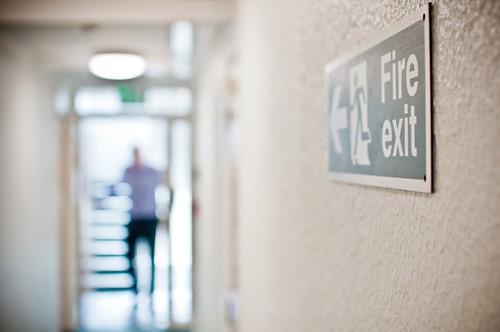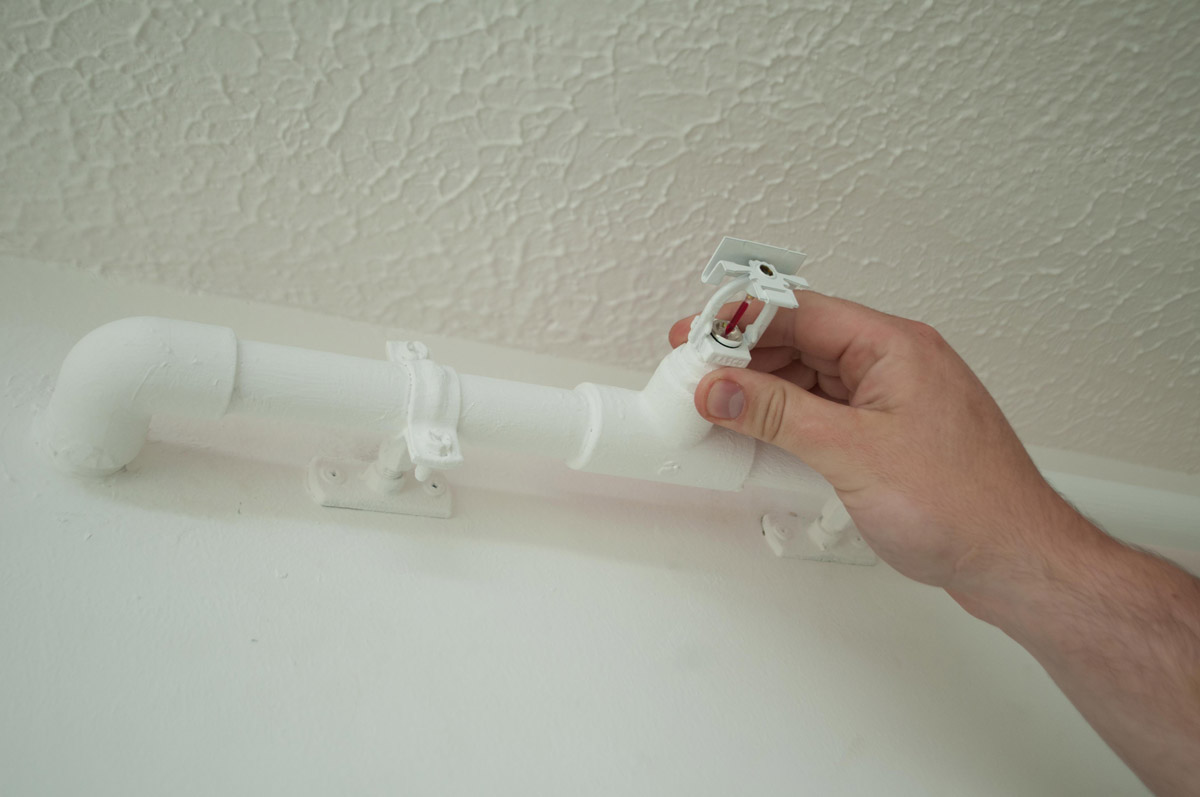Wherever you live, it’s important to know what to do in the event of a fire.

We want to make fire safety information as easy to access and understand as possible.
This includes:
- knowing your evacuation and safety plans
- testing your smoke alarms
- managing any fire risks around your home and communal areas
- reporting any issues to us
Fire evacuation plans
The action you should take in the event of a fire will depend on the type of premises you live in.
If you live in a block flats the most common type of evacuation strategy is called ‘stay put’. This means that if the alarms sound in your flat and there is a fire or smoke present, you and any others in the flat should evacuate immediately, making sure the front door is closed behind you. If there are lifts in your block do not use them.
You should always notify the fire service by ringing 999. All other persons in the block of flats can ‘stay put’ as the design of the premises means they are safe to remain in their own flat.
The other type of evacuation strategy is known as ‘simultaneous’ evacuation. This means that when a fire alarm sounds in a building all persons in the building are expected to immediately leave in a ‘safe manner’ and you should notify the fire service via 999 when it is safe to do so.
In the event of a fire in your house, please evacuate your house and call 999 immediately. In preparation for a fire, you should plan an escape route out of your flat/house and make sure all family members are aware of this.
Tower block fire safety
If you live in a tower block and there is a fire in your flat, you should leave the flat, close your front door behind and evacuate the building (avoid using the lifts) and call 999 when safe to do so.
If the fire is somewhere else in the building and you are in your flat but not in immediate danger, you should call 999 and remain in your flat until the fire service can evacuate you safely.
If you are in a communal area (launderette, sitting room etc.) and you hear a fire alarm you should leave via the nearest available fire exit.
Fires rarely occur and, when they do, they very rarely spread further than one or two rooms. To slow the spread of fire, there is a one-hour barrier between each floor in your tower block and the walls of each flat.
Your flat is fitted with fire resistant doors that will withstand fire for half an hour. It is important that the self-closing device is fitted to your door and fully closes your door when you release it. The fire-resistant wall, floors and doors provide enough time for the fire service to attend an incident and put out a flat fire before it has a chance to spread.
If your flat is affected by heat or smoke it is crucial that you leave your flat immediately, raising the alarm by calling 999.
Fire and smoke alarms
There should be at least one smoke alarm fitted to each floor of your home. If there isn’t please contact us.
All our alarms are mains wired, with a backup battery. We service these alarms once a year when we visit your property. It’s important that you allow our colleagues to enter your home to check that the alarms work and do not need to be replaced.
In between these checks, you should test your alarms every week (‘test it Tuesday’) by pushing the button on the front.
Please make sure to vacuum them regularly to keep them clean. Never paint over any part of the alarm and never remove the back-up battery unless it is to replace it.
If your alarm is faulty, please contact us.
We are currently installing sprinklers into many of our properties. Find out more about this work.

Sprinkler installation
Installing sprinkler systems in over 2000 of our properties is just one of the ways we are keeping you safe by reducing fire risk for you and your neighbours.
Find out more